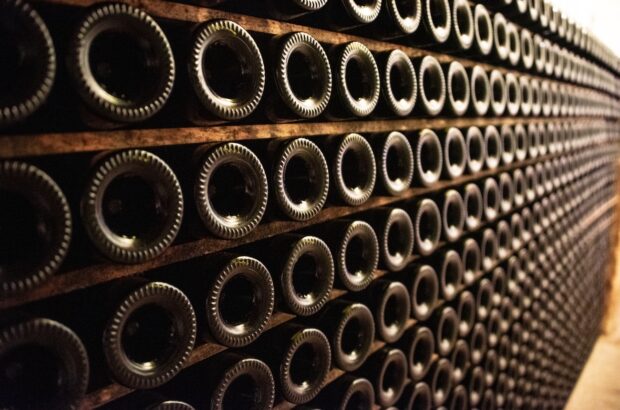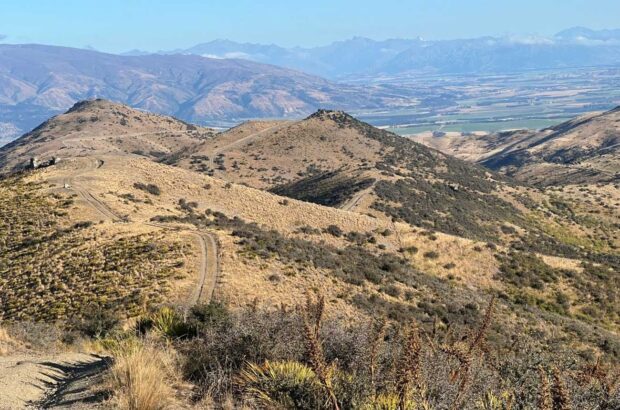As Verona was hit by a massive hailstorm on 23 August, wine lovers immediately thought of the surrounding hills of Valpolicella.
Andrea Lonardi, winemaker at Bertani estate, said that ‘huge damage has been caused in the lower part of Valpolicella, but as we are over the hills we were pardoned. So the Classico subregion was saved from the storm, but the extended Valpolicella [area] registered vineyards razed to the ground.’
According to the regional wine council, or Consorzio, only 5% of vineyards were damaged by the hail; approximately 400 out of over 8,300 hectares.
Some producers in the commune of San Pietro in Cariano were believed to be among the those worst-hit in terms of lost yields.
The majority of producers said that the hail was as much precise as disruptive; where it hit, there were few possibilities to harvest, yet others were more fortunate.
Giancarlo Tommasi, winemaker and agronomist of the Tommasi winery, said, ‘We were lucky enough, as in Sant’Ambrogio, from where we select the grapes for Amarone and Ripasso, we had a lot of rain and wind yet not any significant damage.’
‘Here in Pedemonte, where we have the corporate headquarters, the hail hit the vineyards yet not in a dramatic way. Over the 215 hectares of the estate, at the moment just one hectare will not be harvested.’
At Allegrini estate, Marilisa Allegrini posted photos from La Poja in Sant’Ambrogio, as well as from Palazzo della Torre and other top cru sites, showing Corvina grape clusters without any damage.
Verona hailstorms
Two other storms hit the Veneto region on Friday 28 and Monday 31 August. Destroyed vineyards were reported in San Martino Buon Albergo, Illasi and Colognola ai Colli, in the eastern part of the region towards Soave.
August also saw 200mm of rainfall in the region, more than double the 80mm average for the whole growing season. ‘The compaction of the clusters could make it difficult to pick the grapes for the appassimento,’ said Andrea Lonardi, of Bertani.
As in Valpolicella, the quality of the harvest is mostly measured by the quantity of sound grapes available for the production of Amarone – which means 2020 could be a challenging vintage.
Extreme conditions
As in other regions, there is growing discussion around the impact of climate change on extreme weather events.
Italian newspaper Corriere della Sera recently interviewed Gianmaria Sannino, head of the Climate Modelling Laboratory at ENEA (the national agency for new technologies, energy and sustainable economic development), who stated that, ‘Italy seems divided in two different countries, with an area of cold low pressure from Greenland in the north fighting with a hot African anticyclone in the centre and in the south, triggering extreme weather conditions which are becoming increasingly common.’
Italy’s farming union, Coldiretti, said this week that a ‘crazy’ August marked by up to 10 storms per day at times had left some agricultural areas facing a ‘calamity’.
It added, ‘We are facing the obvious consequences of climate change’.
Editing by James Button, Chris Mercer







